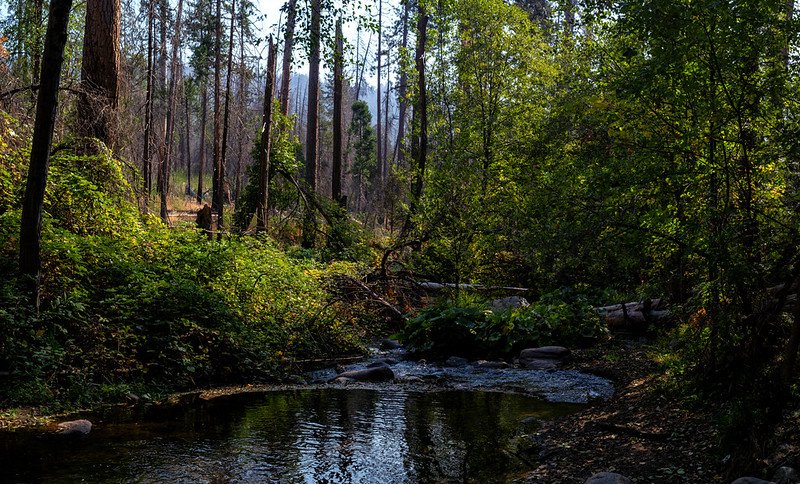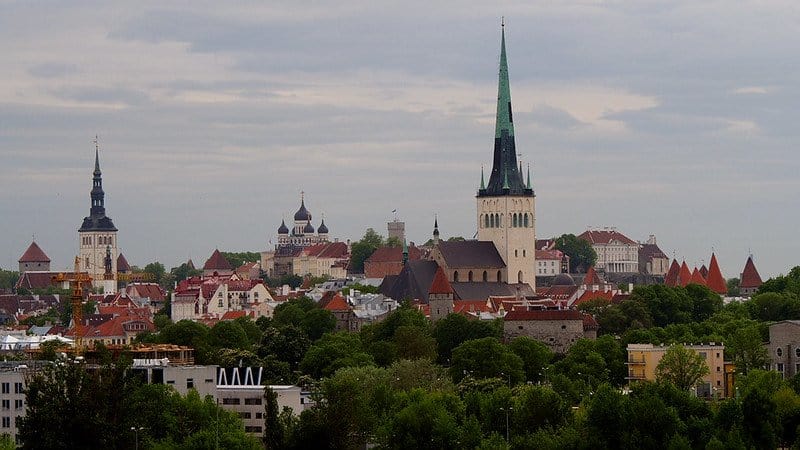Fire stoppers
As California’s wildfires have burned more than four million acres of forest, they’ve also revealed how better forest management could help prevent such fires in the future.
Bloomberg CityLab drills down on the Dinkey Landscape Restoration Project, a 154,000-acre swathe of conifers and hardwoods in the Sierra National Forest that have so far avoided devastation. Its resilience can be traced to a rare, 20-year joint effort in which environmentalists, loggers, scientists and the U.S. Forest Service collaborated to safeguard the forest. They did it by managing the area in a way that more closely resembled how nature would do it, thinning and planting trees for heterogeneity and healthier growth patterns. While the loggers wanted to clear-cut and the conservationists wanted the forest untouched, the compromise between the two created a relatively fireproof forest.

The results are self-evident. The Creek Fire, California’s largest wildfire, ripped through the region earlier this year. But in the project area, the flames remained low, creeping along the forest floor and leaving the trees intact and alive. “The regret I feel is that we didn’t gather the social wherewithal to do the conversations we’ve been having in the Dinkey collaborative about ten years earlier,” said one conservationist involved in the effort. “We chose a very oppositional framework: We’re good and they’re bad. We had ‘no’ down to a fine art. How do we define what ‘yes’ looks like?”
Read more at Bloomberg CityLab
Educating above its weight
Like students around the world, many Estonian kids are getting their education under lockdown, participating in school remotely from home. They’re better prepared than most for the experience. As the Guardian reports, Estonia has spent years building a digital public education system that has left it well positioned to conduct classes during the pandemic.

In 2001, Estonia became one of the world’s first countries to declare internet access a human right. In the time since, it has worked to bring digital skills and high-speed internet to the public. A program called Tiigrihupe (Tiger Leap) was launched to train educators in how to teach kids via the internet, and computers were installed in schools nationwide. By the time the pandemic hit, Estonian schools were already using digital learning routinely. “All these systems have been set up for years now,” one official told the paper. When Covid-19 closed school buildings, “it was just moving from classrooms to a virtual environment.”
The emphasis on modernizing education appears to be working. Even before the pandemic, Estonia was one of Europe’s highest scorers on the OECD’s international Pisa tests, which measure student performance in mathematics, science and reading, outperforming richer countries like the U.K. and Finland.
Contact theory
In the U.S., Covid-19 contact tracing efforts (those that exist, anyway) have been hampered by distrust of the U.S. government among some immigrant communities. Arabic-speaking communities in particular can be wary. So cities across the country are hiring Arabic-speaking tracers to cold-call people that local health departments have identified as having been put at risk for the virus.
Weighed down by negative news?
Our smart, bright, weekly newsletter is the uplift you’ve been looking for.Ethar Kakoz, an immigrant from Iraq, has been working with San Diego County to reach out to Arabic speakers there who may have been exposed to the virus. “For many of these families [the pandemic] is really bringing them back to the past and the unsafety they felt during the war, the lack of food, not being able to go to stores,” she said. One Iraqi man she contacted thought the virus had been manufactured by the U.S. military. (Kakoz assured him it hadn’t.) Another didn’t know that opening his windows could help prevent the virus’ spread until Kakoz told him.
“I feel empathy,” Kakoz told the Associated Press for an article funded by the Solutions Journalism Network. “My responsibility is to just educate them and tell them about what is the right thing to do.”










